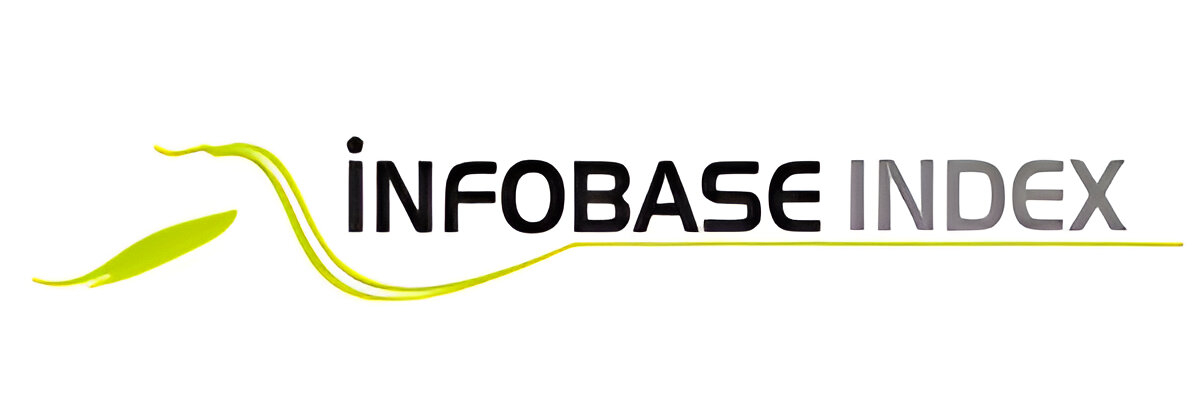Using artificial intelligence-based problem solving and the best sustainable energy and lively approach for grid connectivity factors is used to stabilize variations.
Abstract
The modernization and restructuring of the electricity sector are urgently needed since they are a critical component of emissions of pollutants. One efficient way to encourage energy conservation and emission reduction in the power business is to use sustainable energy producing techniques. However, the considerable randomness and uncertainty inherent in the electricity generated by sustainable energy sources impede the rates of eating out of this energy .Considering these difficulties, this work constructed a dispatch of hybrid financial emissions (DHEE) model to explore the development of an effective regulatory mechanism under a grid link for sustainable energy. First, operating expenses and pollutant emissions were used as goal functions in the DHEE model construction for wind, solar, thermal, and storing, which took lively constraints into consideration. Secondly, an ideal lively grid integration factor technique and the GWEH-based solution strategy were proposed. Finally, the proposed method and algorithm were verified using improved IEEE-39 bus test equipment. The results indicated that, in the same test scenarios, the Pareto optimal borders generated by the GWEH algorithm fared the best competitively. Furthermore, GWEH's system cost was 4.28% lower than it would have been in the absence of sustainable energy, and emissions were reduced by 11.68% using the optimal lively factor grid intigration method. This study significantly increases the rates of sustainable energy eating out in the power industry and boosts energy management effectiveness.











